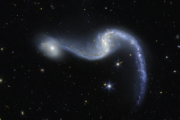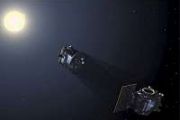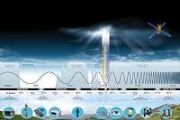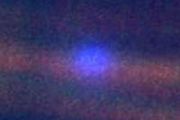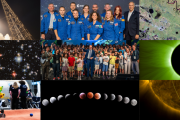
Copernical Team
Will AI leave human astronomers in the stardust?

Machine learning is coming for astronomy. But that doesn't mean astronomers and citizen scientists are obsolete. In fact, it may mean exactly the opposite.
When you think of a galaxy, the first thing that comes to mind is a spiral. There's a dense cluster of stars in the core and some big, sweeping spiral arms out to the side.
But that's not the only kind of galaxy out there. Like people, galaxies come in all shapes and sizes. There's disk shaped ones and spherical ones, neat barred spirals and messy irregulars.
Galaxies, sorted
That shape isn't just important for your sense of aesthetics when you're picking a desktop wallpaper. It also tells us a whole lot about the universe, according to Mitchell Cavanagh, Ph.D. candidate at the International Centre for Radio Astronomy Research (ICRAR).
"We call ellipticals early types because they're more prominent as you go out to higher redshifts in the earlier universe. Then your spirals, we tend to call late type because they're more common when we look at the more-recent universe at lower redshift galaxies close to us," Mitchell says.
Rocket tanks of carbon fibre reinforced plastic proven possible
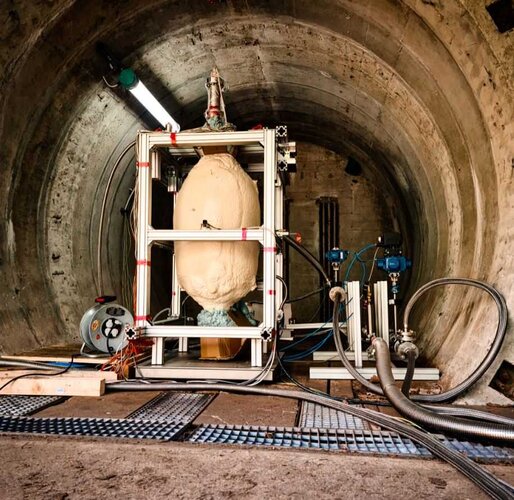
Future rockets could fly with tanks made of lightweight carbon fibre reinforced plastic thanks to ground-breaking research carried out within ESA’s Future Launchers Preparatory Programme.
XMM-Newton sees light echo from behind a black hole
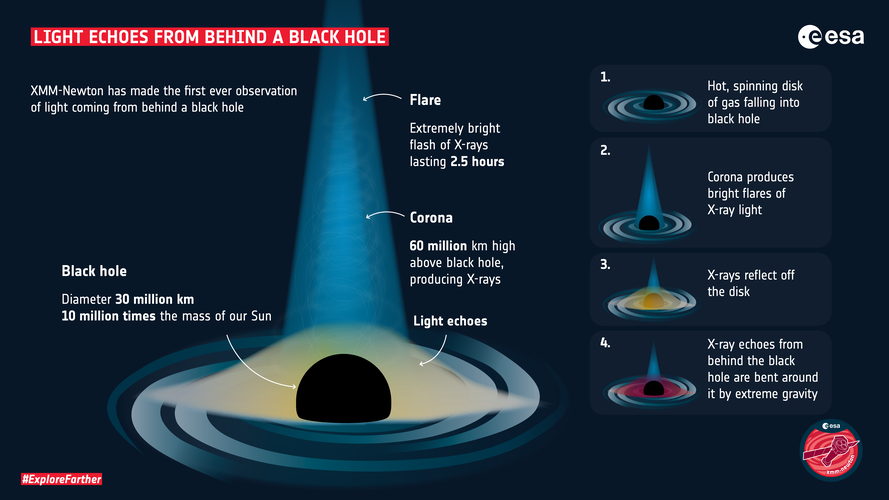 Image:
Image:
For the first time, astronomers have seen light coming from behind a black hole.
Using ESA’s XMM-Newton and NASA’s NuSTAR space telescopes, an international team of scientists led by Dan Wilkins of Stanford University in the USA observed extremely bright flares of X-ray light coming from around a black hole.
The X-ray flares echoed off of the gas falling into the black hole, and as the flares were subsiding, the telescopes picked up fainter flashes, which were the echoes of the flares bouncing off the gas behind the black hole.
This supermassive black hole is 10 million times as massive as our
First test of Europe’s new space brain

ESA has successfully operated a spacecraft with Europe’s next-generation mission control system for the first time. The powerful software, named the 'European Ground System - Common Core' (EGS-CC), will be the ‘brain’ of all European spaceflight operations in the years to come, and promises new possibilities for how future missions will fly.
Watch the launch of Eutelsat Quantum
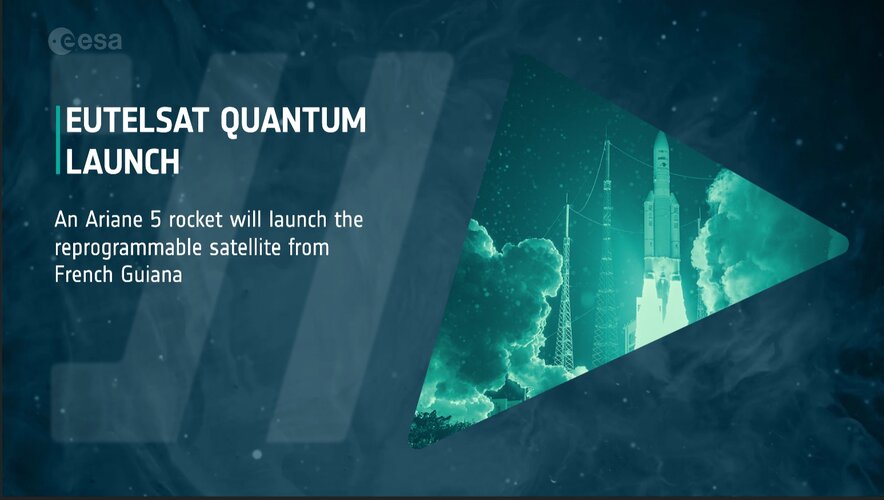
Follow the launch on 30 July of a sophisticated telecommunications satellite capable of being completely repurposed while in space.
Earth's vital signs worsen amid business-as-usual mindset on climate change
 Twenty months after declaring a climate emergency and establishing a set of vital signs for the Earth, a coalition headed by two Oregon State University researchers says the updated vital signs "largely reflect the consequences of unrelenting business as usual."
Authors led by OSU's William Ripple and Christopher Wolf, in a paper published in BioScience, are calling for a phase-out of foss
Twenty months after declaring a climate emergency and establishing a set of vital signs for the Earth, a coalition headed by two Oregon State University researchers says the updated vital signs "largely reflect the consequences of unrelenting business as usual."
Authors led by OSU's William Ripple and Christopher Wolf, in a paper published in BioScience, are calling for a phase-out of foss Medspace: Setting sights high for interplanetary health kits
 Just over a week after Richard Branson flew to the edge of space, fellow billionaire Jeff Bezos set-off on his own high-stakes trip onboard Blue Origin's Shepard Rocket. The trip was a success, with Bezos going down in history for taking part in the first unpiloted flight with a civilian crew.
With the flight including the youngest and oldest people to fly to space, the trip surpassed many
Just over a week after Richard Branson flew to the edge of space, fellow billionaire Jeff Bezos set-off on his own high-stakes trip onboard Blue Origin's Shepard Rocket. The trip was a success, with Bezos going down in history for taking part in the first unpiloted flight with a civilian crew.
With the flight including the youngest and oldest people to fly to space, the trip surpassed many Upgrades to NASA's Space Communications Infrastructure Pave the Way to Higher Data Rates
 The ability to transmit and receive data is crucial in space exploration. Spacecraft need robust networking capabilities to send data - including large files like photos and videos - captured by onboard instruments to Earth as well as simultaneously receiving commands from control centers. NASA has made significant strides to improve the agency's space communications capabilities while simultane
The ability to transmit and receive data is crucial in space exploration. Spacecraft need robust networking capabilities to send data - including large files like photos and videos - captured by onboard instruments to Earth as well as simultaneously receiving commands from control centers. NASA has made significant strides to improve the agency's space communications capabilities while simultane MDA Test Intercepts Target
 The U.S. Missile Defense Agency, in cooperation with the U.S. Navy, conducted Flight Test Aegis Weapon System 33 in the broad ocean area northwest of Hawaii, July 24.
The objective of FTM-33 was to intercept a raid of two Short Range Ballistic Missile targets with four Standard Missile-6 Dual II missiles.
Based on initial observations, one target was successfully intercepted. At this
The U.S. Missile Defense Agency, in cooperation with the U.S. Navy, conducted Flight Test Aegis Weapon System 33 in the broad ocean area northwest of Hawaii, July 24.
The objective of FTM-33 was to intercept a raid of two Short Range Ballistic Missile targets with four Standard Missile-6 Dual II missiles.
Based on initial observations, one target was successfully intercepted. At this 
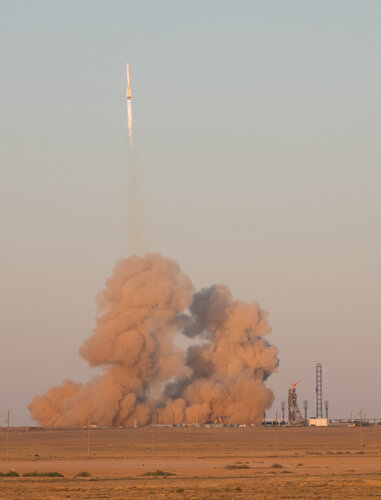 Image:
Space suspense
Image:
Space suspense 









